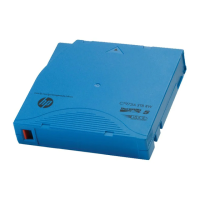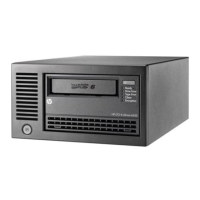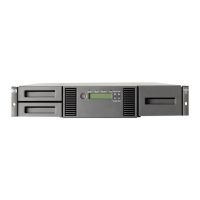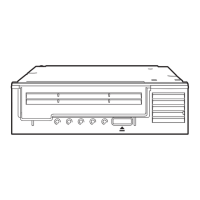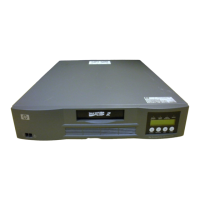What to do if the cartridge is jammed in the HP LTO Ultrium drive?
- Jjoshua96Aug 14, 2025
If the HP Storage cartridge is jammed, ensure the drive has power. Also, verify the Prevent Media Removal (PMR) function status on each host. Try pressing and holding the Eject button for 10 seconds, allowing up to 15 minutes for ejection. For full height drives, press the emergency reset button; for half height drives, press and hold the Eject button for 20 seconds to reset the drive. If it remains jammed, press and hold the Eject button again for another forced eject and emergency unload if needed.
